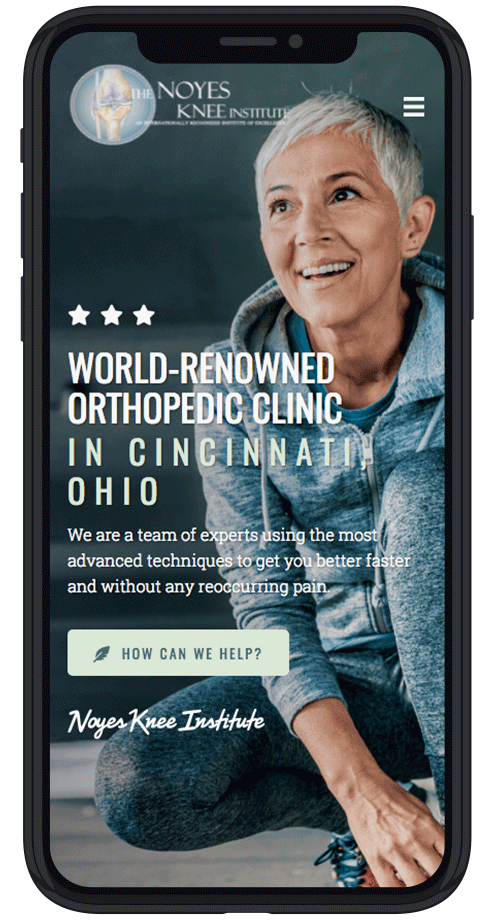Published On
Category
Osteoarthritis is a prevalent degenerative condition that affects many joints in the human body. It refers to wear-and-tear arthritis and can affect people of all ages, although it primarily affects seniors. Knee osteoarthritis is defined as wear-and-tear arthritis of the knee. It can develop due to various factors, and treatment may require the services of a knee surgeon in severe cases. Here’s a review of knee osteoarthritis, its causes, risk factors, signs, and remedy:
What Causes Knee Osteoarthritis?
Knee osteoarthritis occurs when the cartilage between the knee joints wears and tears. The condition can result in the bones rubbing too close without enough shock absorption due to worn-out cushioning. Knee cartilage wears out naturally as you age, so knee osteoarthritis is prevalent in seniors. However, the condition may stem from injury, infection, poor cartilage development, overuse, obesity, and hereditary reasons.
Signs of Knee Osteoarthritis
Pain is the primary symptom of knee osteoarthritis. As the cushion wears out, the cartilage’s efficiency drops, resulting in inefficient cushioning and shock absorption. The bones in the knee can rub closely, causing mild to chronic pain, depending on the severity. Knee osteoarthritis stemming from old age is gradual, not as apparent as osteoarthritis from a sports injury or traumatic blow. Apart from pain and inflammation, you may experience the following:
- A stiff, swollen joint that makes it difficult to bend or straighten your knee
- Worse pain and swelling in the morning and after napping or resting
- Flare ups after vigorous activity and exercise
- The knee may lock/stick during movement or creak, click, snap or grind
- Increased knee pain when the weather changes
How Knee Osteoarthritis Occurs
Osteoarthritis in the knee occurs due to degeneration or damage/loss of the cartilage. The articular cartilage offers important cushioning, covering the top of the shinbone (tibia) and the bottom of the thighbone (femur). It also covers the back of the kneecap (patella) and protects the area where your shinbone and thighbone meet at the joint.
Sports injuries, collisions, falls, knocks, and traumatic blows to the knee cartilage can hinder its efficiency. Such cases may require the prompt attention of a knee surgeon to repair the damage. Infections can also result in rapid or slow degeneration. Age-related knee osteoarthritis is gradual wear-and-tear caused by daily use and lifestyle. It’s marked by the following:
- Cartilage Weakening: The articular cartilage composition changes and becomes weaker as you get older.
- Damaged Cartilage: The cartilage becomes weaker with each passing day until it wears away.
- Attempted Repair: When the cartilage is damaged, the body will attempt to repair it by replacing missing cells.
- Irregular Healing: The attempted healing can’t restore the former smooth cartilage. Instead, the result is uneven, bumpy patterns.
- Meniscal Damage: Meniscus damage can occur because the meniscal cartilage works hand-in-hand with the articular cartilage and either is overwhelmed when one is inefficient.
Do I Need A Knee Surgeon?
Addressing knee osteoarthritis early prevents further damage to the knee cartilages. Treatment depends on the scale of damage. Some people need medicine, diet/ lifestyle changes, and physical therapy, while others require surgery.
If the condition needs an operation, Noyes Knee Institute can help you complete a successful surgery. Dr. Noyes is an internationally recognized board-certified knee surgeon ready to help patients recover and manage knee conditions.

